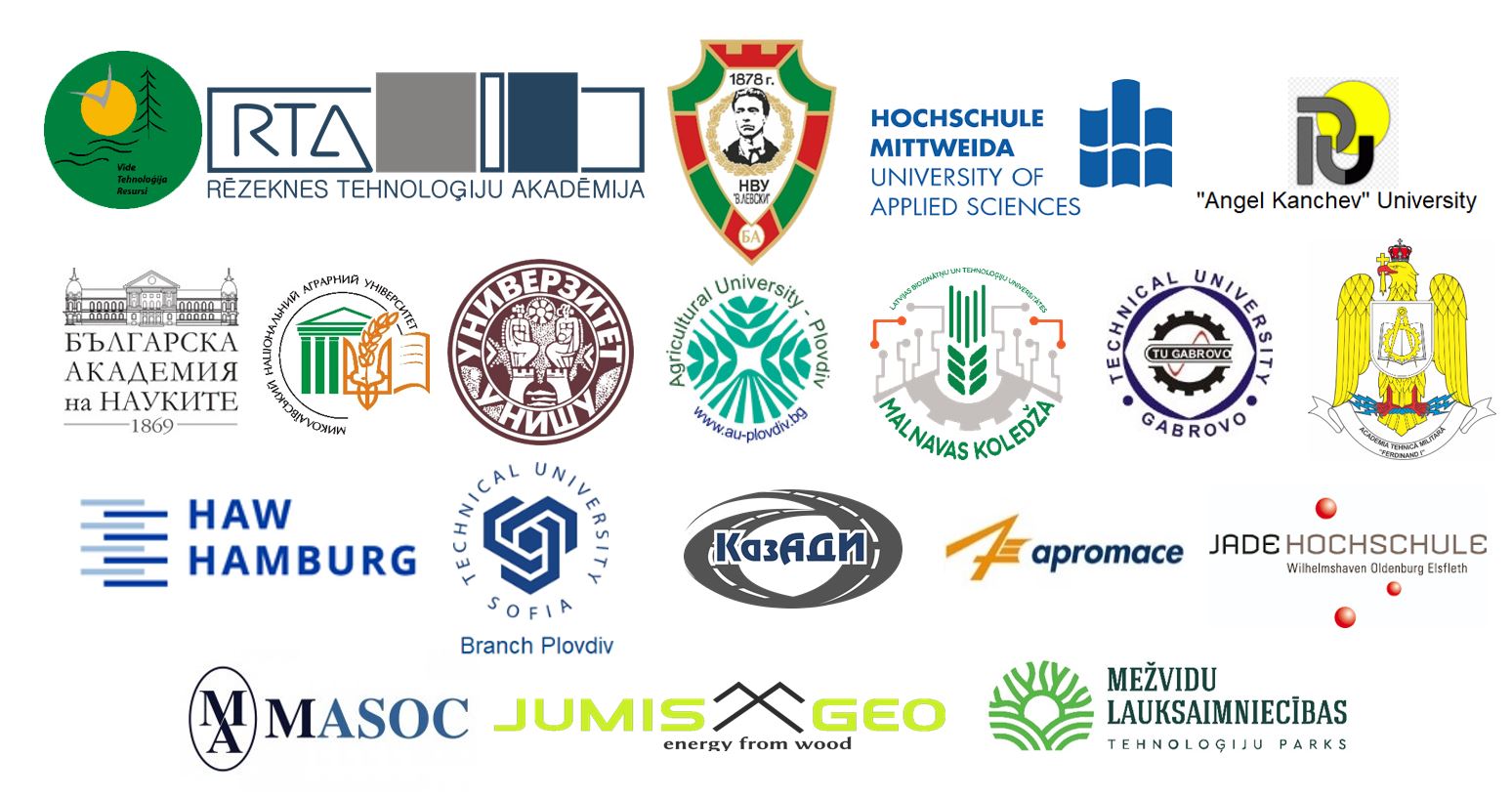DYNAMIC NATURE OF HYDROLOGICAL SIMILARITY
Last modified: 08.05.2019
Abstract
Keywords
References
[1] K. Sawicz, T. Wagener, M. Sivapalan, P. Troch, G. Carrillo. Characterizing hydrologic change through catchment classification. – Hydrol. Earth Syst. Sci., 2014, pp. 273–285.
[2] Hydrological yearbooks. Baltic Sea basin. 1986-2007.
[3] Automated Information System of Water Bodies State Monitoring. https://gmvo.skniivh.ru [Accessed January 5, 2019]
[4] All-Russian Scientific Research Institute of Hydrometeorological Information http://meteo.ru/data [Accessed January 5, 2019]
[5] USSR Surface Water Resources. Karelia and Northwest. 1972
[6] K. Sawicz, T. Wagener, M. Sivapalan, P. Troch, G. Carrillo. Catchment classification: empirical analysis of hydrologic similarity based on catchment function in the eastern USA. Hydrol. Earth Syst. Sci., 2011, pp. 2895–2911.
[7] AlgoWiki. http://algowiki-project.org/ru/k-means [Accessed March 30, 2019]
[8] L. Kurochkina, S. Zhuravlev Spatio-temporal variability in the spring maximum flow of the rivers of the Russian part of the Gulf of Finland basin, 2018, pp. 381-384

